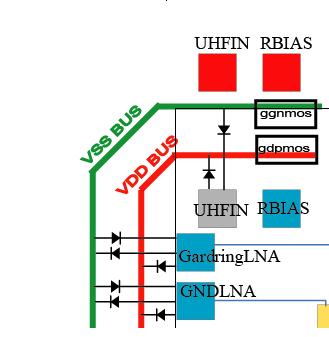prcken
Advanced Member level 1
will you connect GND PAD through a dual diode to VSS rail or just connect to VSS rail directlly?
what's the pros and cons of both methods?
thanks!!!
 :?:
:?:
what's the pros and cons of both methods?
thanks!!!

